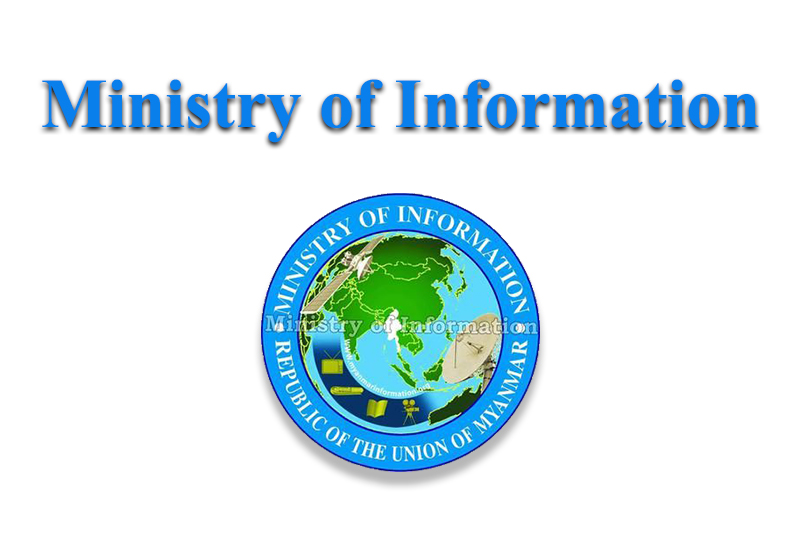Myanmar’s mango yield is down by 50 per cent this year amid domestic and foreign weak demand, according to the Khwanyo Fruit Trading Depot.
At present, Myanmar has started exporting mangoes to China, yet exporters cannot even cover the cost, facing losses.
“We exported mango in the early part of the season. Yet, a delay in transport degrades the quality of the mango and impacts shelf life. The fastest delivery is about three days. The mango is easily perishable due to environmental conditions, low input during cultivation and improper post-harvest handling methods. The first batch of the mango export did not cover transportation, basket cost and labour wages. Furthermore, there is a misunderstanding between growers and exporters regarding mango inferior quality. There were five trucks ahead of us. They fetched a pretty high price,” an official of the Khwanyo Fruit Trading Depot.
Officials of the Mandalay Region Chambers of Commerce and Industry (MRCCI) and the Chambers of Commerce and Industry of Dehong Prefecture discussed matters to facilitate Myanmar’s mango export to China at the MRCCI’s office in late 2024, in the presence of mango growers.
They highlighted the fast delivery of Myanmar’s mango to China through possible road channels, smooth customs clearance, and exploration of potential trade channels. Moreover, they coordinated on matters regarding trade barriers that exporters experienced on the Kengtung-Mongla-Dalo road channels, including tax and freight shipping time.
The traders are bracing for transport hurdles, such as rough roads and extreme weather conditions, that affect the quality of the fruits. Therefore, there seems to be no other option than Muse Road during the mango season, the Khwanyo Fruit Depot observed.
As a result of this, exporters face big challenges depending on the export channel and fruit quality, according to the Khwanyo Fruit Trading Depot.
The high cost of cultivation inputs batters growers. Last year, low use of cultivation inputs affected quality, causing postharvest diseases such as stem end rot and black spots in fruit.
Some traders did not even cover the cultivation cost due to the inferior quality of Seintalone mango.
Of about 200 mango varieties that originated in Myanmar, Seintalone, Shwehintha, Padamya Ngamauk, Yinkwe, and Machitsu varieties are primarily grown. The foreign market prefers Seintalone varieties.
Ayeyawady Region possesses the most extensive mango plantation acres, having about 46,000 acres. Bago Region is the second largest producer, with 43,000 acres, and Mandalay has 29,000 acres of mango. There are over 24,000 acres in Kayin State, over 20,400 acres in Shan State and over 20,000 acres in Sagaing Region, according to the association.
NN/KK
#TheGlobalNewLightOfMyanmar

